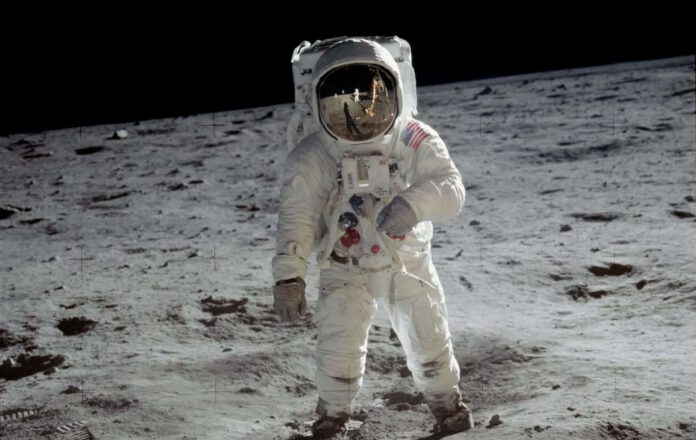
Setting foot on the moon is a remarkable achievement. However, maintaining one’s stance is also quite challenging, as revealed by amusing footage of Apollo astronauts frequently falling over. As Americans prepare to send a new generation of astronauts to the moon, the pressing question is: how do we keep these astronauts upright? Scientists from MIT are working on a solution to help fallen astronauts get back on their feet.
Innovation from MIT
Researchers at the Massachusetts Institute of Technology (MIT) have developed a robotic garment designed to assist astronauts who stumble on the moon. This device is not just a luxury; it’s a necessity, according to researcher Harry Asada. Astronauts exploring the moon often fall. We observed this during the Apollo missions and will likely see it again during future manned Artemis missions. “Astronauts are physically capable, but they struggle on the moon where gravity is only one-sixth of Earth’s, but their inertia remains unchanged,” Asada explains. “Moreover, wearing a spacesuit is quite demanding and can restrict movement.”
Challenges on Lunar Missions
In addition to the physical constraints, astronauts are often busy on the moon, increasing the likelihood of accidents like falls. Researchers anticipate that future lunar missions will see even more frequent falls. “During the Apollo missions, astronauts who fell were engaged in excavation or other tasks 80% of the time,” explains researcher Erik Ballesteros. “Since the Artemis missions will focus on construction (of a lunar base) and excavation, the risk of falling is even greater.”
The Robotic Garment
Preventing falls may be difficult, but helping astronauts get back up is achievable. Asada and colleagues developed a robotic garment that provides the necessary assistance for astronauts to rise with minimal effort.
A Decade-Old Concept
The idea of an assistive robotic garment isn’t new. Asada created a similar design about 10 years ago, originally intended to benefit construction workers by reducing physical strain. Recently, Asada and Ballesteros realized extraterrestrial applications for their invention. With some modifications, they believe they have developed a garment that can help future astronauts on the moon stand up after a fall. “In discussions with NASA, we discovered that falling on the moon is a serious risk,” Asada explains. “We realized that our adapted design could help astronauts stand up and continue their work.”
Research and Development
To refine their robotic garment for this new application, the researchers first studied how people naturally rise after a fall. They asked healthy volunteers to stand from a lying position and then restricted their movement to mimic the constraints of a spacesuit on the moon. The volunteers used the same movements but found it much more strenuous.
Adding Extra Strength
The experiment revealed that around 80% of the volunteers performed the same movements to rise from a lying position. The researchers then developed a robotic garment to support these movements in the correct sequence. To test its effectiveness, they restricted the volunteers’ movements again, mimicking a spacesuit, and asked them to rise while wearing the garment. Generally, the volunteers exerted much less effort to stand up than without the garment. “It feels like an extra force is moving with you,” Ballesteros explains. “Imagine wearing a backpack and someone grabbing the top to pull you up. Over time, it feels increasingly natural.”
Future Prospects
The researchers plan to further refine their robotic garment, particularly by making it lighter. The next step is to integrate it with spacesuits and test the combination in an environment simulating reduced gravity, like on the moon. Eventually, we may see these garments on the moon, where astronauts might fall in amusing ways but can quickly and gracefully rise again thanks to this innovative technology.











